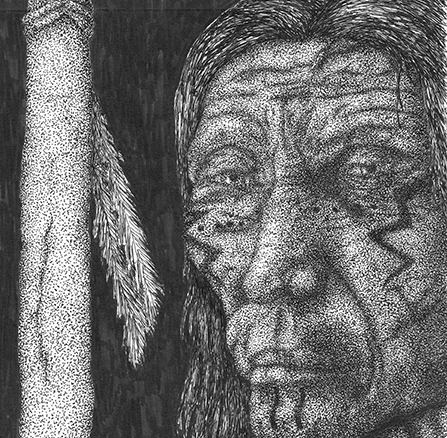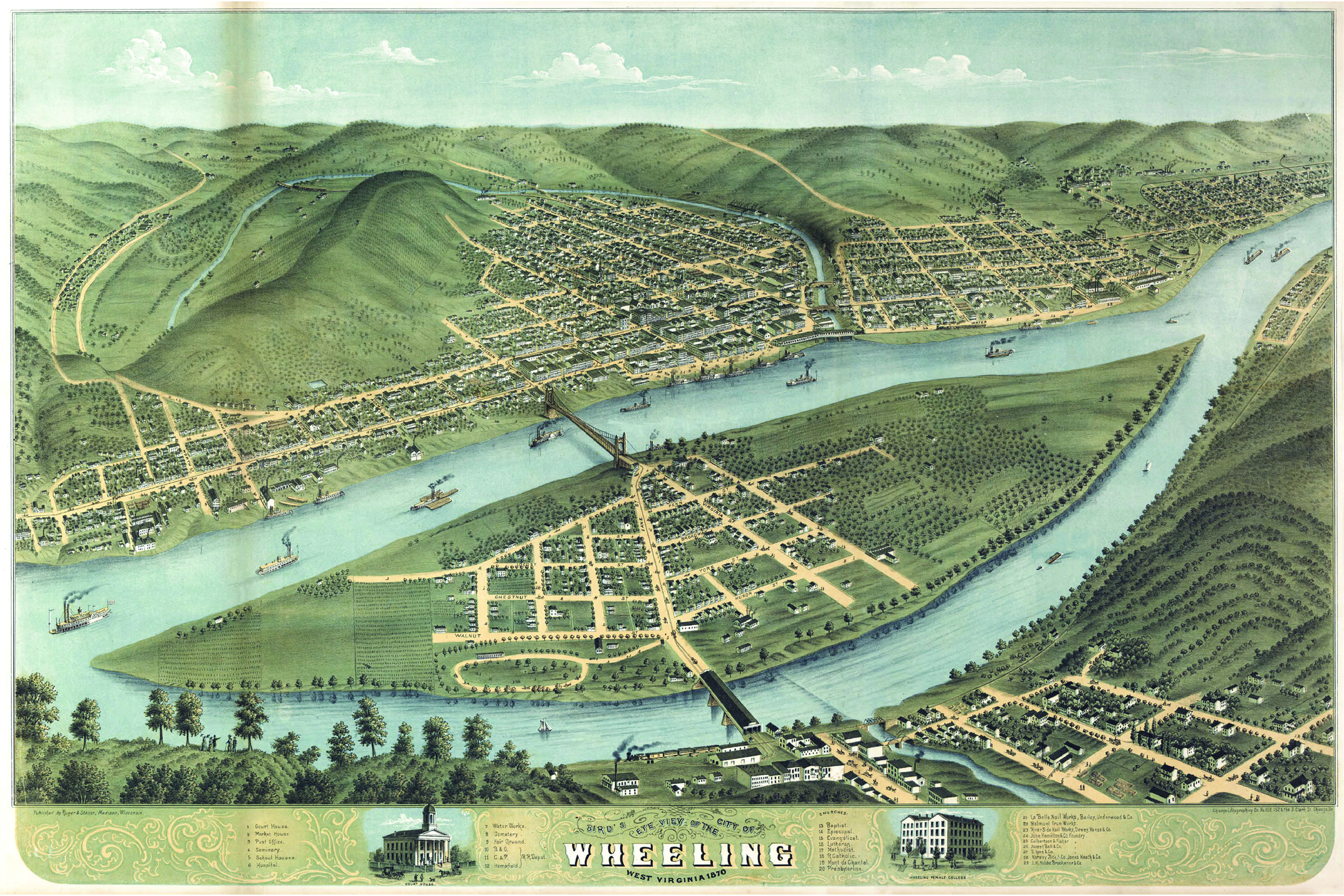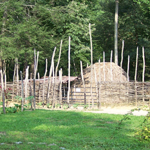Additional Resources
There are links below to additional resources that will go live once the novel has been published. Initially these will only be available online but hopefully this will become a digital resource that can be purchased to supplement the novel for classrooms and student support.
Example additional readings and discussion questions.
At the end of the novel, there are a series of bibliographies for each chapter with at least one primary source, secondary books, articles, and discussion questions. Below are two sample pages from novel with the Reading suggestions and Discussion questions for each chapter. Sample 1 | Sample 2
Resources table
The following table has the topic and page number for each of the underlined materials mentioned in the novel. These will be linked to lessons for classroom use as they are developed and adjusted. There are lesson plan and activity ideas developed for each chapter: a relevant historic event, an archaeological artifact, and an element of indigenous society. Events are based on the primary document listed in the additional reading in the novel are designed to practice close reading and develop an understanding of how our knowledge of Native Americans has been pieced together. Archaeological artifacts are selected from the region’s major sites and showcase the indigenous cultural practices and interactions with the landscape. Indigenous cultures have a separate lesson plan that deals with the ways they structured their societies and why this is important in understanding their interactions with Europeans and other native peoples. There will also be links to videos of the author discussion of the main ideas and specific choices made while writing the novel.



